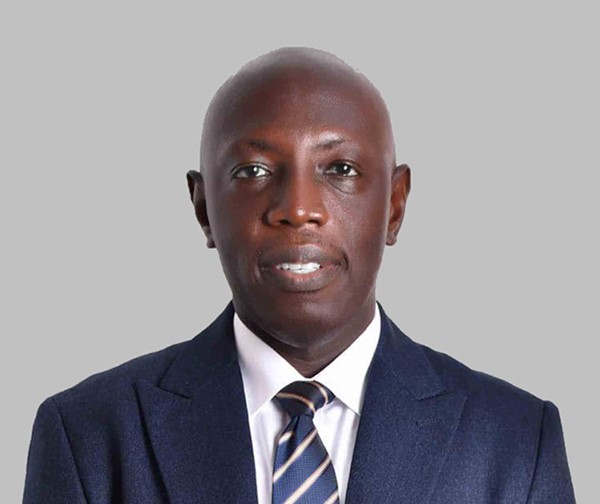In the heart of Ghana, where the sun kisses fields of gold, a remarkable feat has stirred both awe and bewilderment. The Ghana GoldBoard (fondly known as GoldBod) recently unveiled a mind-boggling achievement: April 2025 witnessed an unprecedented surge in gold exports, soaring to an astonishing $897.6 million. This figure stands as the highest recorded export value in over two years, casting a dazzling spotlight on the country’s lucrative gold sector.
As news of this historic milestone reverberated across mining communities and financial circles, questions began to surface like ripples in a pond after a stone’s skip. At the core of this euphoria lies a puzzling enigma that challenges conventional arithmetic: How did a modest $279 million fund metamorphose into almost triple its value within a mere month?
Delving deeper into this economic marvel, Prof. Isaac Boadi, an esteemed authority in accounting and finance at UPSA and Executive Director of IERPP, voiced skepticism that resonated with many analytical minds. As reported by Joy Online, Prof. Boadi raised valid concerns about the seemingly implausible alchemy occurring within Ghana’s gold trade landscape.
Prof. Isaac Boadi shared his insights:
“The numbers defy simple logic,” he remarked thoughtfully. “April’s record-breaking gold exports of 9,295 kilograms mark an 80% surge compared to previous months.” In these earlier periods, earnings hovered around the $500 million mark—a far cry from the meteoric rise witnessed in April.
The crux of the matter lies not only in the quantum leap of exports but also in the intricate mechanics underpinning this financial transmutation. The government’s strategic injection of a $279 million revolving fund aimed to bolster small-scale miners initially seemed like a well-intentioned initiative to invigorate grassroots mining activities—until juxtaposed against April’s staggering export figures.
The perplexing gap highlighted by Prof. Isaac Boadi:
“While the fund was designated for purchasing 3 tonnes per week (12 tonnes per month) from small-scale miners,” he elucidated further, “April saw exports amounting to only 9.295 tonnes.” This discrepancy leaves approximately 2.7 tonnes shrouded in ambiguity—an unexplained variance that challenges conventional economic rationale.
If one were to follow standard market dynamics and assume that every penny from the revolving fund was funneled into purchasing gold at prevailing rates, then basic arithmetic dictates that Ghana should have exported around $289.7 million worth of gold—not even half of what materialized during this mysterious economic upsurge.
The notion of a revolving fund inherently implies cyclical money flow: acquiring assets like gold, divesting them through sales, and reinvesting proceeds back into circulation—a financial waltz choreographed for sustainable growth and stability within Ghana’s mining economy.
However,
as reported by Joy Online,
if we are witness to a scenario where $279 million miraculously manifests as nearly three times its value without clear accountability or transparency mechanisms guiding this fiscal sorcery—it raises profound questions about whether we are observing innovative financial wizardry or merely grappling with misinterpreted statistical figments.
Amidst this unfolding economic drama,
Finance Minister Dr.Cassiel Ato Forson
, an architect behind this ambitious venture hailed it as nothing short of revolutionary—a transformative game-changer poised to reshape Ghana’s economic landscape significantly.
But until comprehensive clarifications emerge,
as reported by Joy Online,
regarding these anomalous discrepancies,
the tantalizing aura surrounding this so-called “historic” golden bonanza risks imploding upon closer scrutiny—unveiling potential chinks in what appeared to be an impenetrable armor forged from statistical accolades.
Source attribution link:
(Source: [Joy Online](https://www.myjoyonline.com/goldbods-magic-trick-turning-279m-into-897m-where-did-the-extra-come-from/))

